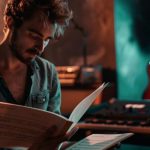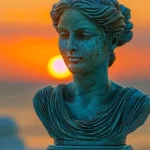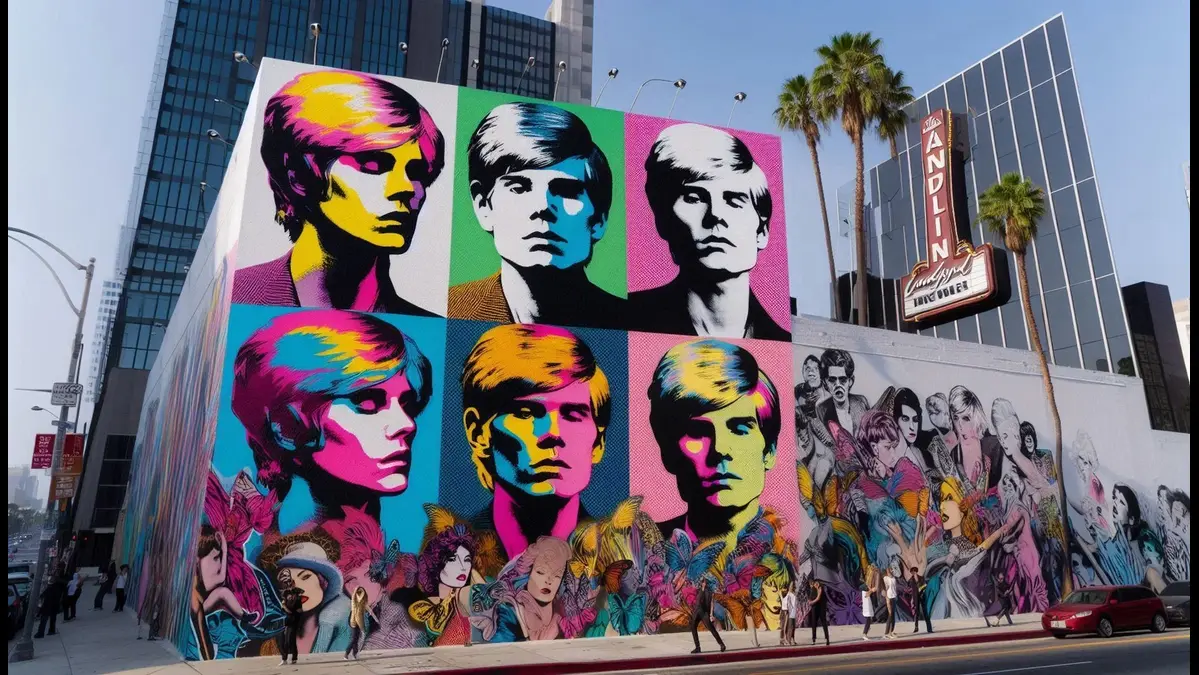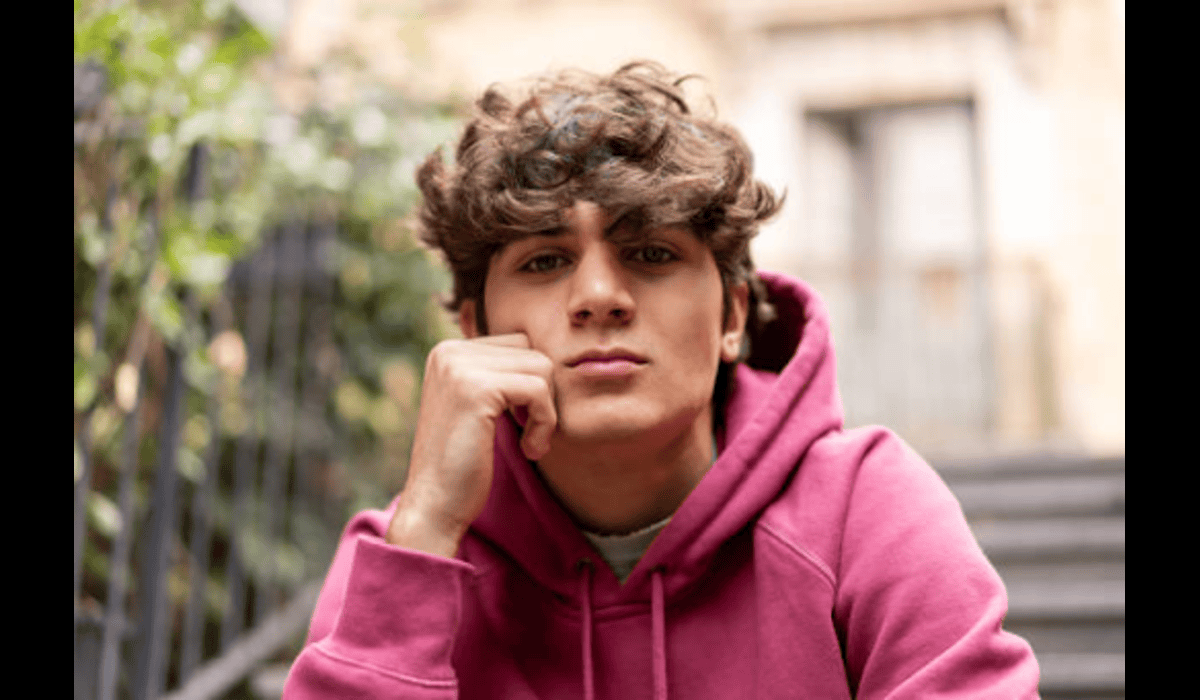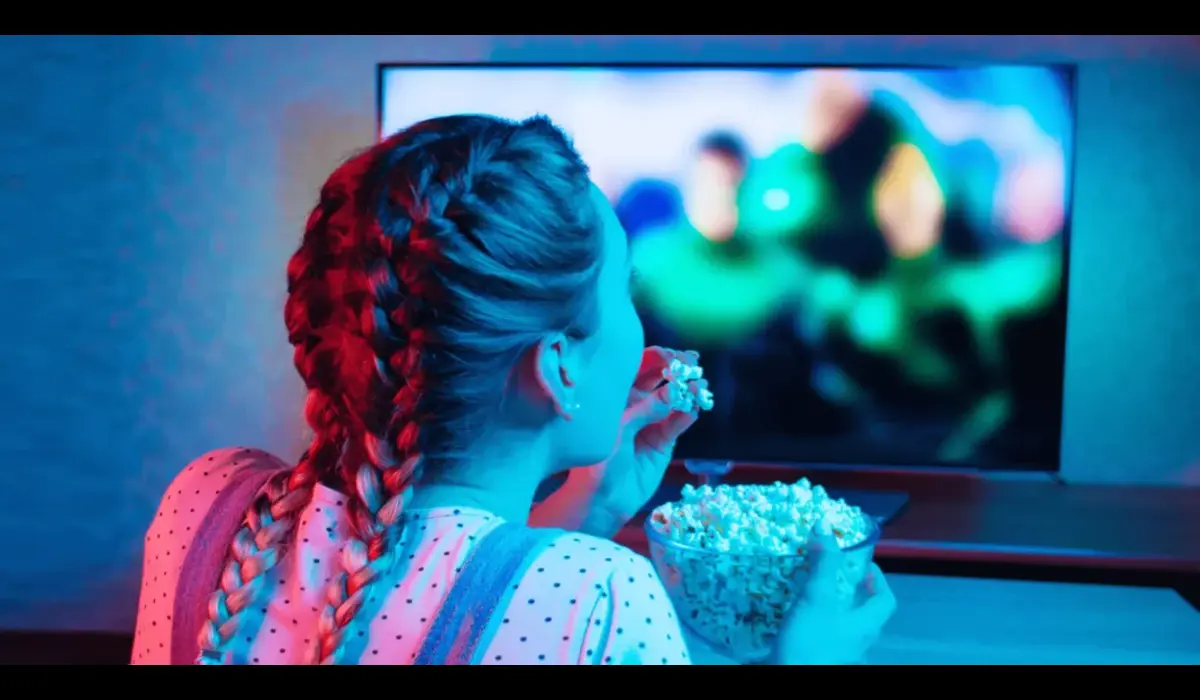Introduction to Andywarhella
The term “Andywarhella” is a combination of Andy Warhol and guerrilla art and conveys the essence of how traditional art is somehow making a comeback through artificial intelligence. At the intersection of art historical art and modern AI concerns, “Andywarhella” is named in honor of the pop art icon whose works have often advanced contemporary art.
The rise of “Andywarhella” today requires a paradigm that still embraces the rapidly growing world of artificial intelligence. It is changing the way we relate to art as well as the place of the artist in a world where machines have taken on the ability to not only reproduce art, but also create new forms of it. Since this trend is already underway, it opens the door to new advancements in the art world while preserving art classics.
The Interface Between Classical Art and AI
Fusing Art with AI
The combination of fine art and artificial intelligence shows how advanced technologies can bring new approaches to seemingly traditional creative work. A perfect example of this combination is Andywarhella, where artificial intelligence, machine learning and neural networks are used to disseminate and identify different artistic eras and genres. While once the ability to reproduce various styles of the old masters or contemporary artists was astonishing, today artificial intelligence technologies are able to not only reproduce but also decode these styles.
The revival of art with artificial intelligence
At the core of this process is the training of neural networks, which involves feeding large data sets of classical artworks into the system. Color schemes, brush effects, and other features of the presented compositions help the artificial intelligence produce pieces as similar as possible to the masterpieces of Van Gogh, Picasso, or Michelangelo. This maintains the graphic tradition of these art forms and educates the masses about these images of wonderful performances. At the same time, the artists gain better exposure and visibility.
Indeed, Andywarhella not only captures the basic spirit of the programmed art world, rooted in the ability of individuals to manipulate and subvert their environment, but also sets up future possibilities when these interactions become an integral part of life. This symbiosis of traditional art and artificial intelligence makes one feel that traditional techniques are coming to life in a world increasingly dominated by technology.
Innovative projects and key players
Timeless art with artificial intelligence
When it comes to classical art and artificial intelligence, we need to bring out the relevant works and personalities from this mix. One of the most well-known cases is DeepArt, an artificial intelligence project that prompts users to transform their photographs into works of art as if they were painted by masters such as Van Gogh, Picasso or Kandinsky. With the help of neural networks, DeepArt reproduces all these rich styles of the great masters, giving the traditional work of art a contemporary touch, at least in aesthetic terms. SPE projects have shown, for example, that AI can link the history and future of art in various ways.
Surreal neural creations
Another pioneering work is Google’s DeepDream; it is a convolutional neural network that brings out what looks like “the image that makes the murmur” and optimizes the images with algorithmic pareidolia to make them look like dreamy surreal images. DeepDream, originally conceived to explain how the neural network recognizes images, has evolved into a work of art that adds a surreal touch to iconic paintings. Through the interpretation of traditional art forms with DeepDream, creators provide complex and detailed artistic works to alter the opinions of art enthusiasts and redefine contemporary art.
Art in the digital age
Among those who shape this active environment, it is now possible to name Google and independent artists who have begun to experiment with the capabilities of AI to transform art. For example, famous artists such as Mario Klingemann, who contributes to the formation of AI art, employ machine learning approaches to innovate on human imagination. Klingemann’s work frequently raises questions about how we generate data, store collective memory, and perceive art in the digital age and within new media art.
Fusion of transformative art
Studying Andywarhella’s progressive cooling, it seems that the integration of traditional works and AI is not just a fad. The project heralds a drastic change in the status and function of art and presents new potential and new forms of future artworks. The projects and figures shown on this page provide examples of how AI can provide new perspectives to revive and develop cultural values and art that are still relevant and will continue to be interesting.
Conclusion
When it comes to discussing the implementation of artificial intelligence in traditional art Andywarhella , it is important to note that we are on the verge of a new revolution. Opportunities such as the one offered by andywarhella and those presented by other AI-based art projects do not simply indicate an addition to the artist’s toolkit, but a revolution in art creation that is slowly emerging and changing the very landscape of art based on technological developments that serve as springboards to create new types of work and transcend boundaries that were previously considered insurmountable.



